Parts of a Roof Names: Unveiling the Anatomy of Your Shelter
Roof structures are more than just the uppermost layer of a building – they play a crucial role in safeguarding both the structure itself and the people within. A well-designed roof goes beyond aesthetics; it’s a shield against the elements, defending against rain, snow, wind, and more. As we delve into parts of a roof names, this article aims to shed light on the intricate components that collectively make up a roof, and the terminology associated with each part.

The Roof Deck
When we talk about the foundation of a roof, we’re referring to the roof deck – a critical component that sets the stage for everything else. Think of it as the canvas upon which the entire masterpiece of a roof is painted. The base layer of a roof structure, the roof deck provides a stable platform for the rest of the roofing elements to come together harmoniously.
Materials Matter
Roof decks are crafted using various materials, each with its unique characteristics and suitability. Plywood and oriented strand board (OSB) are two common choices. Plywood, known for its durability and strength, is often selected for its ability to withstand a variety of weather conditions. On the other hand, OSB, engineered by compressing wood strands with adhesives, offers its own set of advantages, including cost-effectiveness and structural integrity.
A Supportive Role
The role of the roof deck goes beyond being just a surface to build upon. It serves as the solid foundation that supports the weight of the entire roof structure – from the rafters to the roofing materials themselves. This foundational layer also helps distribute the load evenly, preventing any undue stress on specific points. As the backbone of the roof, the deck ensures stability, structural integrity, and longevity.
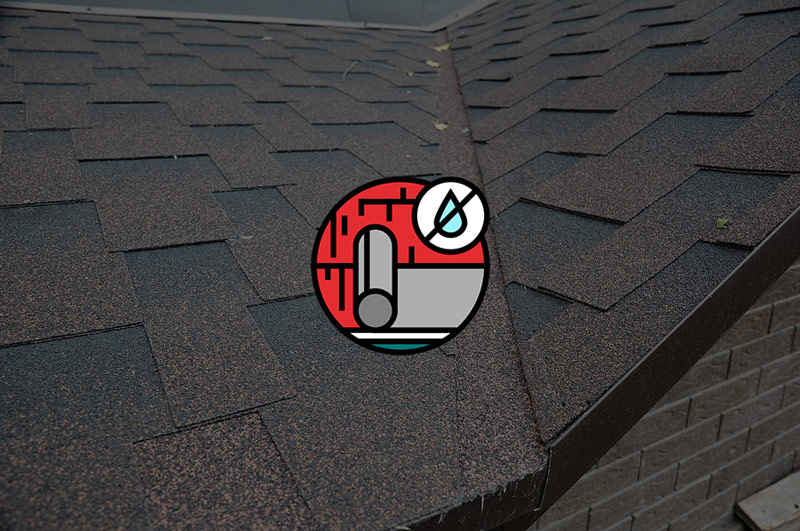
Roofing Underlayment and Ice/Water Shield
The Protective Layers
Roofing underlayment is the unsung hero beneath the visible exterior of your roof. This vital layer, often overlooked, serves a paramount purpose in ensuring the longevity and weather-resistance of your roofing system. Acting as a barrier against leaks, moisture, and unwanted air infiltration, roofing underlayment acts as the safeguard between the roof deck and the final roofing materials.
Snow, Ice, and Shielding
For those in regions where snow and ice pose challenges, the ice and water shield becomes a crucial defender. Snow accumulation and freezing temperatures can lead to ice dams, causing water to seep underneath roofing materials. The ice and water shield is a specialized membrane that acts as a barrier against water infiltration, effectively preventing leaks that can cause damage to the roof and the structure beneath.
Materials Matter, Again
Roofing underlayment comes in different materials tailored to the specific needs of the roof. Traditional options include asphalt-saturated felt, a tried-and-true choice known for its durability and water-resistant properties. On the other hand, modern options like synthetic materials offer enhanced performance, better resistance to tear and moisture, and increased longevity.
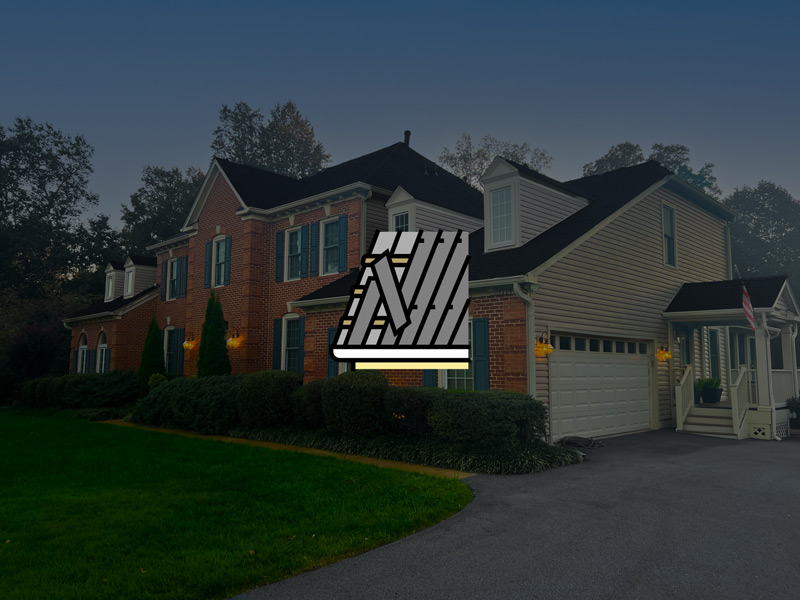
Roofing Material Varieties
A Tapestry of Choices
Roofing comes in an array of materials, each offering a distinct blend of functionality and aesthetics. From classic asphalt shingles to the timeless elegance of slate, the choices are as diverse as the landscapes they grace. Let’s take a tour through some of these remarkable roofing materials, each with its own tale to tell.
Unveiling Unique Traits
Metal roofing, known for its durability and versatility, can mimic other materials like shingles or tiles while delivering exceptional longevity. Clay tiles, on the other hand, are celebrated for their rustic charm and ability to withstand extreme weather conditions. Concrete tiles provide a modern twist with a wide range of colors and styles, marrying aesthetics with sturdiness. Lastly, the dignified beauty of slate tiles has stood the test of time, gracing historic buildings with its elegance.
Weighing Pros and Cons
As we explore these roofing materials, it’s important to consider their individual strengths and limitations. While asphalt shingles are cost-effective and easy to install, they might not offer the same lifespan as slate or metal. Metal roofing boasts longevity and energy efficiency, yet it can be pricier upfront. Clay and concrete tiles provide distinct aesthetics, but they can be heavier and require proper structural support. Slate, revered for its beauty and durability, demands specialized installation.
Your Roof, Your Choice
Selecting the right roofing material isn’t just about trends; it’s about aligning with your unique needs and preferences. Choosing the ideal roofing material involves assessing factors such as your local climate, budget, maintenance expectations, and desired appearance. Whether you prioritize eco-friendliness, longevity, or a specific aesthetic, each material has its own story to share and a role to play in your roofing journey.
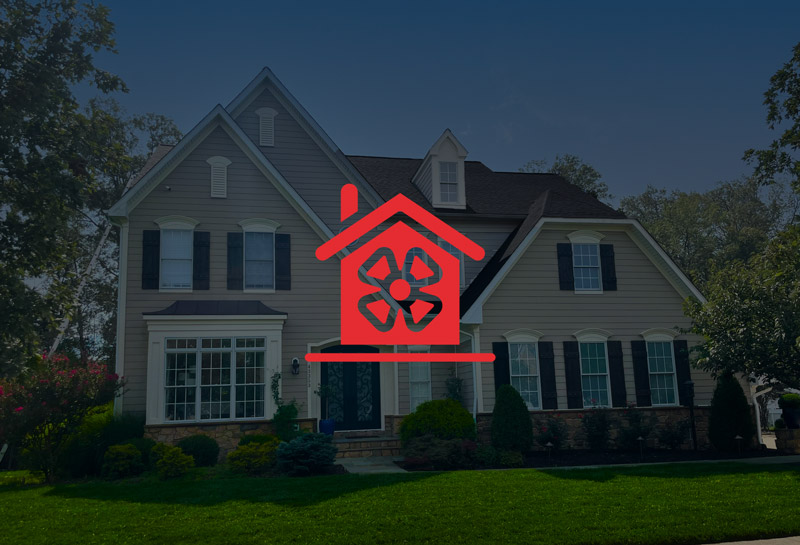
Roof Ventilation Systems
Breathing Life into Your Roof
Roof ventilation systems are the unsung heroes that ensure your roof breathes easy and stays in optimal condition. Their role goes beyond just preventing heat buildup – they contribute to a healthy, energy-efficient roof that stands the test of time. Let’s dive into the world of roof ventilation systems and discover how they impact your home’s well-being.
Ventilation Components Unveiled
Ventilation involves a symphony of components, each playing a vital role in maintaining a balanced airflow. Ridge vents are strategically placed along the roof’s peak, allowing hot air to escape from the attic. Soffit vents, located under the eaves, facilitate cool air intake, creating a continuous flow that keeps the roof environment temperate. Gable vents punctuate the sides of gable roofs, providing another outlet for warm air to exit.
A Healthier Roof Environment
Proper ventilation is essential in preventing moisture-related issues. When hot, moist air gets trapped in the attic, it can lead to mold growth, rot, and structural damage. Effective ventilation reduces humidity levels, preventing these problems and enhancing indoor air quality. Additionally, well-ventilated roofs reduce heat transfer, ensuring your home remains comfortable and energy-efficient.
Lifespan Prolonged
By maintaining a balanced temperature and moisture level, roof ventilation systems extend the lifespan of your roof. Heat-induced stress can accelerate wear and tear on roofing materials, causing premature deterioration. Proper ventilation, however, prevents excessive temperature fluctuations, preserving the integrity of shingles, tiles, and other roofing components.
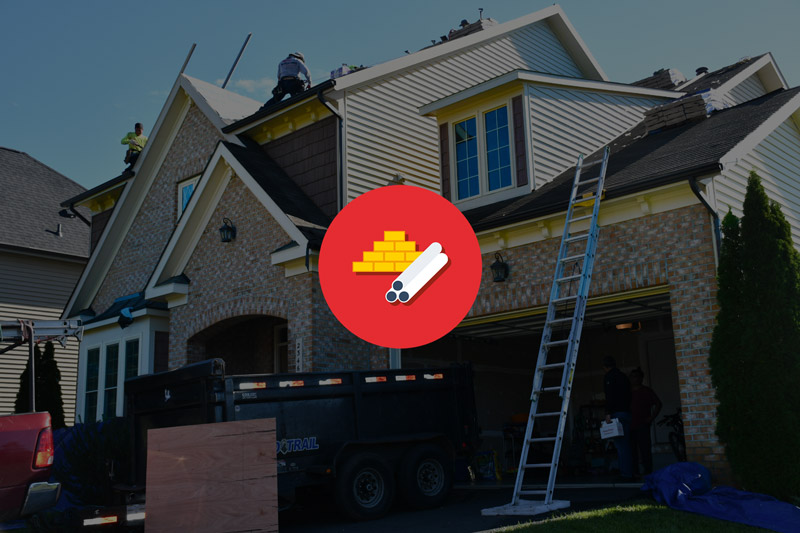
Flashing and Roof Penetrations
Guardians Against Water
Flashing is the unsung hero that shields your roof from water intrusion at its most vulnerable points. Picture it as the armor that prevents leaks and seepage in areas where the roof meets other structures. Its primary role is to create a watertight barrier that keeps moisture at bay, ensuring your roof remains sturdy and leak-free.
A Symphony of Types
Flashing comes in various forms, each tailored to address specific roofing challenges. Step flashing, for instance, provides protection where a sloped roof meets a vertical surface, like a chimney. Chimney flashing secures the intersection between the chimney and the roof, preventing water from seeping into the gaps. Valley flashing is designed to direct water away from the valleys formed by the meeting of two roof slopes.
Where Roofs Penetrate
Roof penetrations, such as chimneys, skylights, and vents, are vital components that enrich the functionality of a building but can pose challenges to a roof’s integrity. These elements, while adding value, create openings that must be managed with care. Proper flashing and sealing around these penetrations are essential to ensure a waterproof barrier and prevent potential leaks.
Preserving the Whole
Understanding flashing and roof penetrations is crucial to preserving the health of your roof and your entire structure. By preventing water intrusion and fortifying vulnerable points, flashing safeguards against potential damage and the costly repairs that can follow. Roof penetrations, when properly managed, complement your roof’s functionality without compromising its protective properties.
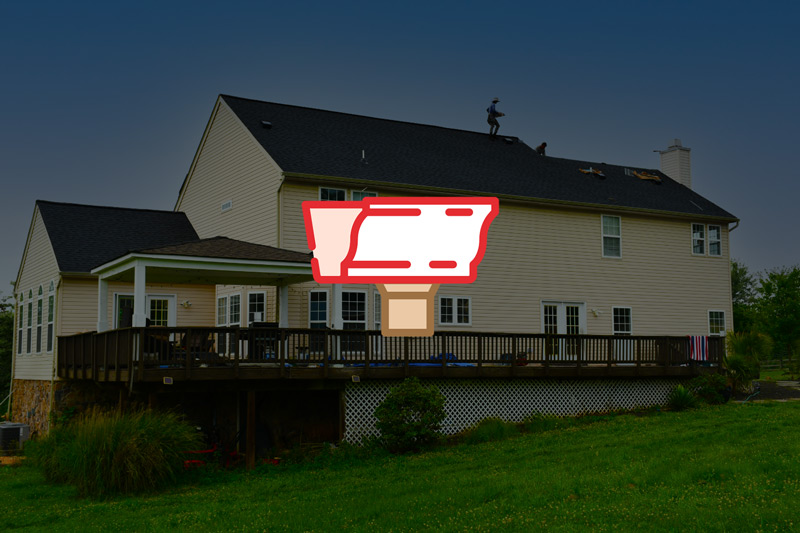
Gutters and Downspouts
Guiding Rainwater Wisely
Gutters and downspouts form an essential duo in protecting your home’s integrity. Their primary role is to channel rainwater away from the roof and foundation, preventing potential damage that water accumulation can cause. These unassuming components play a critical role in ensuring your roof’s longevity and the structural soundness of your entire building.
Diverse in Material and Form
Gutters come in a variety of materials, ranging from traditional choices like aluminum and copper to more modern options like vinyl and stainless steel. Each material brings its own set of strengths, whether it’s durability, rust resistance, or affordability. Beyond material, gutters also come in various shapes and sizes, catering to different aesthetics and water-handling capacities.
Maintenance and Longevity
Maintaining your gutters is essential to their functionality and lifespan. Regular cleaning prevents clogs that can lead to overflow and water damage. Neglected gutters can cause leaks, erosion, and even foundation issues over time. Keeping gutters free from debris and ensuring proper drainage through downspouts is a small investment that pays off in protecting your home’s value.
Installation and Beyond
Proper installation is key to effective gutter performance. Ensuring the right pitch and correct positioning of downspouts is fundamental in directing water away from your roof and foundation. Additionally, routine maintenance includes removing leaves, sticks, and other debris that can obstruct water flow. Investing time in these steps can save you from major repairs down the line.
View More Articles
Please Share!










